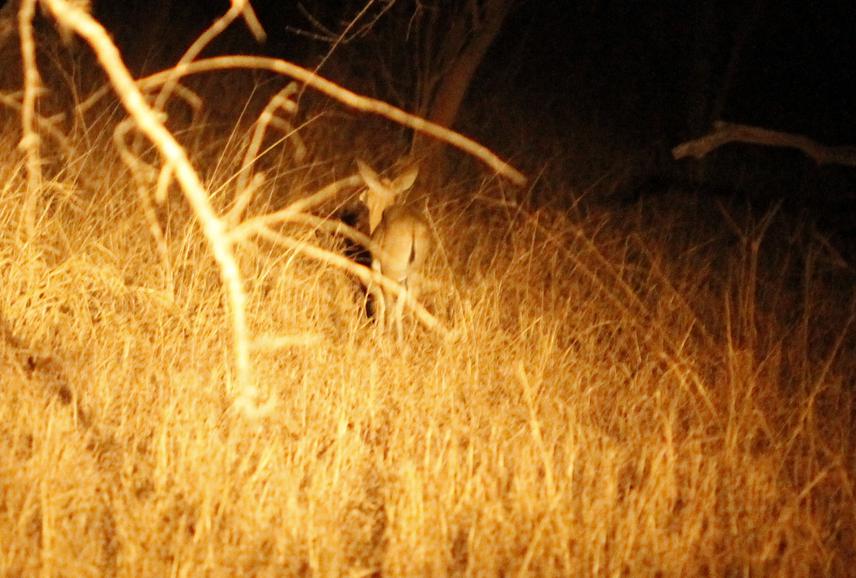Hemant G Tripathi
Mopane woodland in southern Africa is extensively harvested for charcoal production. Our study is targeted towards understanding how mammal communities respond to the degradation of Mopane woodlands due to increasing charcoal landuse.

Small mammals like Common duiker often found in such grassy habitats within mopane woodlands are the most commonly used bush meat species by local communities.
Mopane woodland is threatened due to increasing commercial charcoal production and transformation due to agriculture. Often both of these drivers of change act in tandem. Little is known about medium to small sized mammals associated with mopane woodland and very little is known about how mammal communities change with degradation and deforestation in mopane woodlands. And therefore, with the increasing landuse change in mopane, we are at a risk of losing the ‘unknown’-the species associated with mopane and the ecosystem services associated with them.
There have been some studies comparing species richness and composition in disturbed and undisturbed mopane woodland suggesting no change in richness but change in composition of species. The change in composition is due to reassembly of species in the community and species with certain traits being selected indicating the process of trait filtration. Does this trait mediated change in composition mean loss of functional diversity and trait convergence? Do species with generalist traits- broad habitat and wide feeding range become more abundant? Do different functional groups respond differently to change? How does change in occupancy of some mammal species impact ecosystem services? The proposed study will seek answers to the above questions and while doing so will contribute to the understanding of important ecological process and consequences of change in mopane woodland.
The major outcome of this proposed study will be the assessment of mopane in terms of its biodiversity significance. Further by investigating relationships between:
(a) species diversity
(b) traits-habitat specialisation and feeding guild
(c) vegetation structure
(d) biomass and fragmentation
We will be able to identify which species are more likely to get vulnerable based on the traits they possess and vegetation structure, quality and cover they are associated with. That way we will be able to understand and most probably predict how mammal species respond to change in mopane woodland and also categorise mammal species that need conservation intervention. By modelling abundance index from occupancy of medium-small size mammals at different stages of mopane cover and biomass, we will be able to also generate a rough estimation of changes in desired bushmeat availability, a resource that poor human communities use to supplement their protein requirement. Our findings can help comprehend how important the mopane woodland is for biodiversity and what will happen if this woodland is lost.